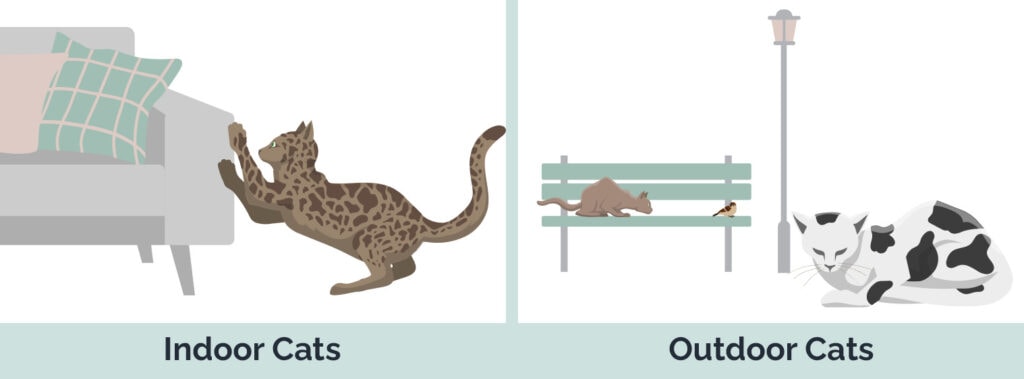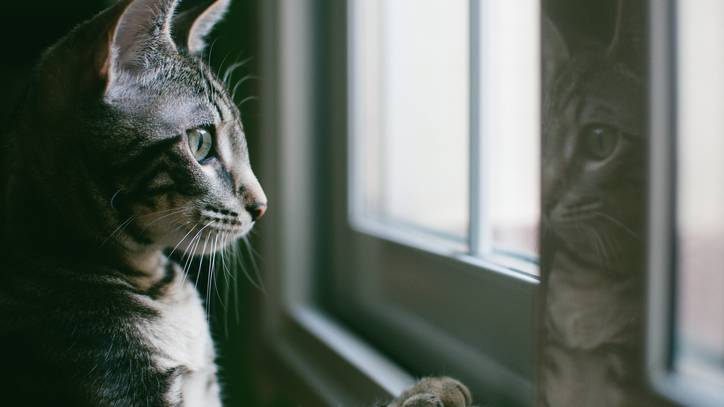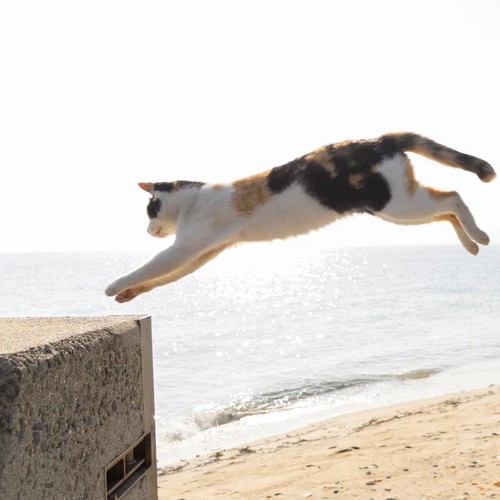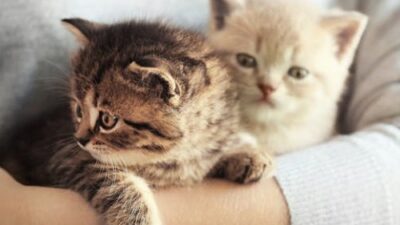Explore the pros and cons of indoor vs outdoor cats. Learn about cat safety, health, and lifestyle tips to choose the best home for your feline friend.
Introduction
Deciding whether your feline friend should be an indoor or outdoor cat is one of the most important choices a cat owner can make. This decision not only affects your cat’s happiness and health but also their safety and longevity. With so many different opinions and strong feelings on the matter, understanding the indoor vs outdoor cats debate requires careful consideration of the benefits and risks associated with each lifestyle.
Whether you’re a new cat owner or contemplating changing your cat’s routine, this guide will break down the cat pros cons of indoor and outdoor living, helping you decide the best cat home for your furry companion.
Feline indoor outdoor lifestyles blend the safety of indoor living with the freedom of outdoor exploration. This balanced approach offers cats mental stimulation and exercise while reducing risks, but it requires careful supervision and secure outdoor spaces to keep them safe and healthy.

Indoor cat benefits include increased safety from accidents and diseases, a longer lifespan, and better overall health due to controlled environments and regular care.
Outdoor cat risks include exposure to traffic accidents, predators, infectious diseases, parasites, and potential conflicts with other animals, all of which can shorten their lifespan and impact their health.
Cat lifestyle varies widely depending on whether they live indoors or outdoors. Indoor cats enjoy a controlled, safe environment with regular care, while outdoor cats experience more freedom but face greater risks like predators and accidents. Understanding your cat’s lifestyle helps provide the best care tailored to their needs.
A pet cat guide helps owners understand essential care, including nutrition, grooming, health, and behavior. It provides tips to create a safe, loving environment so cats thrive physically and emotionally, ensuring a happy and healthy life for your feline friend.
Understanding Indoor vs Outdoor Cats
Indoor cats live primarily inside the home, occasionally exploring controlled outdoor spaces like balconies or enclosed patios. Outdoor cats have regular access to the outside world, roaming freely in yards, neighborhoods, or rural areas.
Both lifestyles come with unique advantages and challenges. Knowing these can help you provide the best care tailored to your cat’s needs.
Benefits of Indoor Cats
1. Increased Safety and Longevity
Indoor cats face fewer dangers such as cars, predators, and harsh weather. This results in a longer average lifespan — typically 12 to 15 years or more, compared to outdoor cats, who average around 5 to 7 years due to higher risk exposure.
2. Reduced Disease Risk
Indoor cats are less likely to contract infectious diseases like feline leukemia virus (FeLV), feline immunodeficiency virus (FIV), and parasites such as fleas and ticks.
3. Controlled Diet and Weight Management
With indoor cats, owners can better monitor food intake, reducing obesity risks and ensuring balanced nutrition.
4. Protection from Predators and Fights
Indoor cats avoid fights with other animals, reducing injuries and stress.
5. Less Environmental Impact
Indoor cats don’t hunt wildlife, which helps protect local bird and small mammal populations.
Challenges of Indoor Cats
1. Risk of Obesity and Boredom
Limited space can reduce physical activity, increasing the risk of obesity and behavioral issues caused by boredom or stress.
2. Need for Enrichment
Indoor cats require more mental stimulation through toys, scratching posts, and interactive playtime.
3. Litter Box Maintenance
Indoor cats rely on litter boxes, which require regular cleaning to prevent hygiene problems and accidents.

Benefits of Outdoor Cats
1. Natural Exploration and Exercise
Outdoor cats enjoy the freedom to roam, explore, hunt, and exercise, which can lead to better muscle tone and mental stimulation.
2. Behavioral Fulfillment
Natural feline behaviors like climbing, stalking, and chasing are more easily expressed outdoors.
3. Less Need for Environmental Enrichment Indoors
Because they spend time outside, outdoor cats may need less indoor enrichment.
Challenges of Outdoor Cats
1. Higher Risk of Accidents and Injuries
Outdoor cats face risks from traffic, predators (dogs, coyotes), and territorial fights.
2. Exposure to Diseases and Parasites
Contact with other animals increases the chance of contagious diseases and parasites.
3. Environmental Hazards
Outdoor cats are exposed to harsh weather, poisons like antifreeze, and plants toxic to cats.
4. Impact on Wildlife
Outdoor cats can significantly reduce local wildlife populations, especially birds and small mammals.
Cat Safety: Tips for Both Indoor and Outdoor Cats
- For indoor cats:
- Provide plenty of stimulation (toys, climbing structures).
- Maintain a clean litter box.
- Schedule regular vet checkups.
- For outdoor cats:
- Ensure vaccinations and parasite prevention are up-to-date.
- Use a reflective collar with an ID tag.
- Consider supervised outdoor time or secure enclosures.
Cat Care Tips for Indoor and Outdoor Cats
| Aspect | Indoor Cats | Outdoor Cats |
|---|---|---|
| Diet | Controlled feeding, measure portions | May require more calories due to activity |
| Health Monitoring | Watch for weight gain and boredom | Monitor for injuries and parasites |
| Safety Measures | Remove toxic plants and hazards | Keep up-to-date on vaccinations |
| Enrichment | Provide toys, scratching posts, play | Natural hunting and exploring |
Real-World Case Study: Bella’s Story
Bella was an indoor cat who developed obesity and boredom-related behaviors. Her owner introduced new interactive toys, window perches, and short supervised outdoor play in a secure backyard. Bella’s health improved, and she became more engaged.

What’s New in 2025 for Cat Owners?
With advancements in technology, many cat owners now use GPS trackers, smart collars, and automated feeders to monitor and care for both indoor and outdoor cats, enhancing safety and wellbeing.
Suggested Outbound Links
- American Veterinary Medical Association (AVMA) – For cat safety and health guidelines:
https://www.avma.org/resources/pet-owners/petcare/caring-your-cat - ASPCA – Indoor Cats – Information on benefits and tips for indoor cat care:
https://www.aspca.org/pet-care/cat-care/keeping-your-cat-safe-indoor-cat-care - The Humane Society of the United States – Outdoor Cats – Risks and advice on letting cats outdoors:
https://www.humanesociety.org/resources/should-i-let-my-cat-go-outside - Cornell University College of Veterinary Medicine – Cat behavior and health tips:
https://www.vet.cornell.edu/departments-centers-and-institutes/cornell-feline-health-center
FAQ Section
1. Is it safer to keep my cat indoors?
Yes, indoor cats are generally safer from accidents, predators, and diseases, often living longer, healthier lives.
2. Can outdoor cats be trained to stay safe?
To some extent, yes. Using collars with IDs, training recall, and supervised outdoor time can reduce risks.
3. How can I keep my indoor cat mentally stimulated?
Use puzzle feeders, interactive toys, playtime, and window views to keep your cat active and engaged.
4. Do outdoor cats have better physical health?
Outdoor cats get more exercise, but also face more risks. Indoor cats need enrichment to maintain fitness.
5. What about cats who want both indoor and outdoor access?
Consider controlled outdoor environments like cat patios (“catios”) or supervised walks using a harness.
Conclusion
Choosing between indoor vs outdoor cats depends on your living environment, your cat’s personality, and your lifestyle. While indoor cat benefits often include safety and longevity, outdoor cat risks can be mitigated with precautions and responsible care. Ultimately, providing a loving, safe, and stimulating environment is key to your cat’s happiness and health.
What’s your cat’s lifestyle? Share your experience in the comments or subscribe for more pet care tips!



